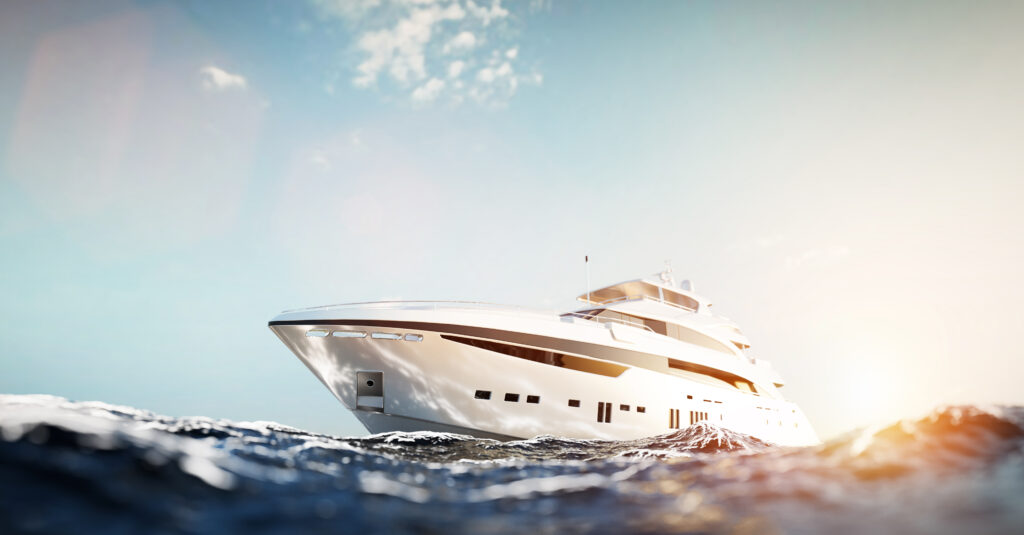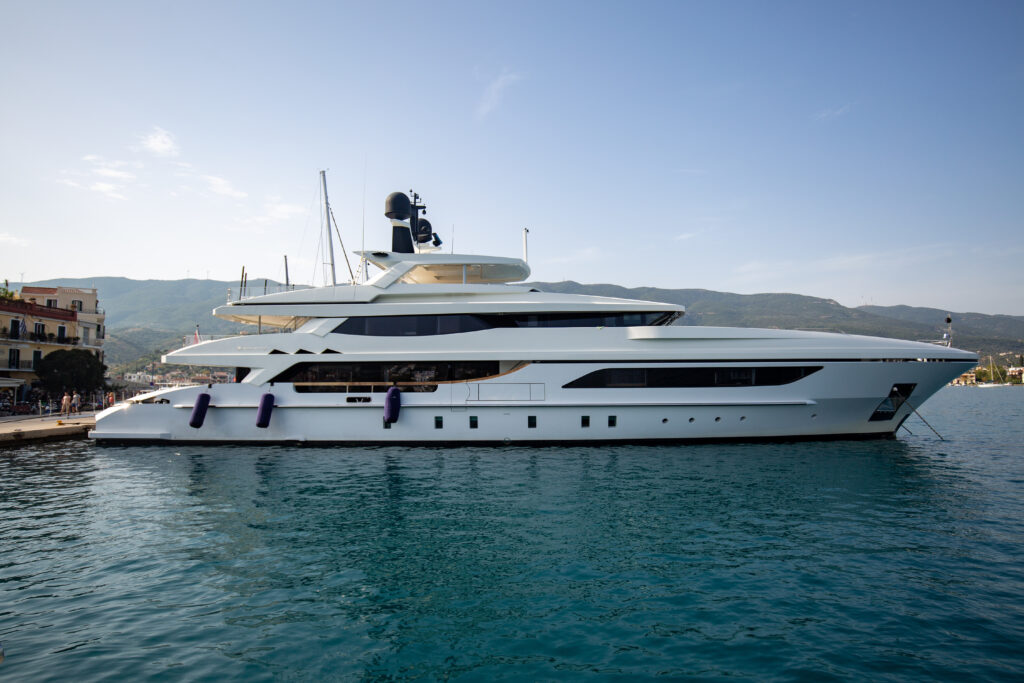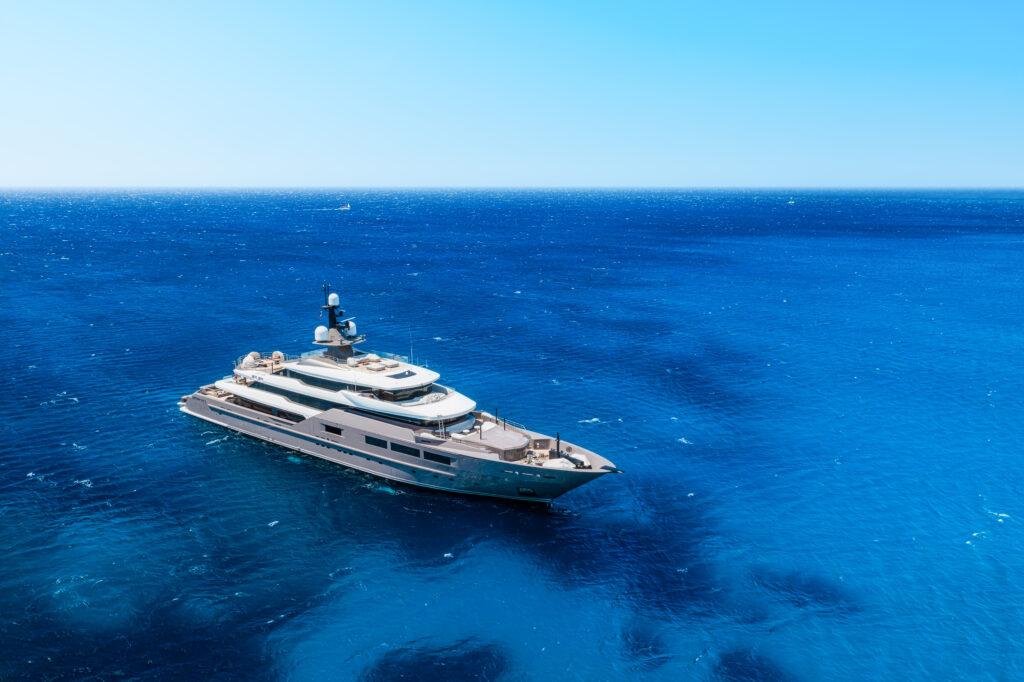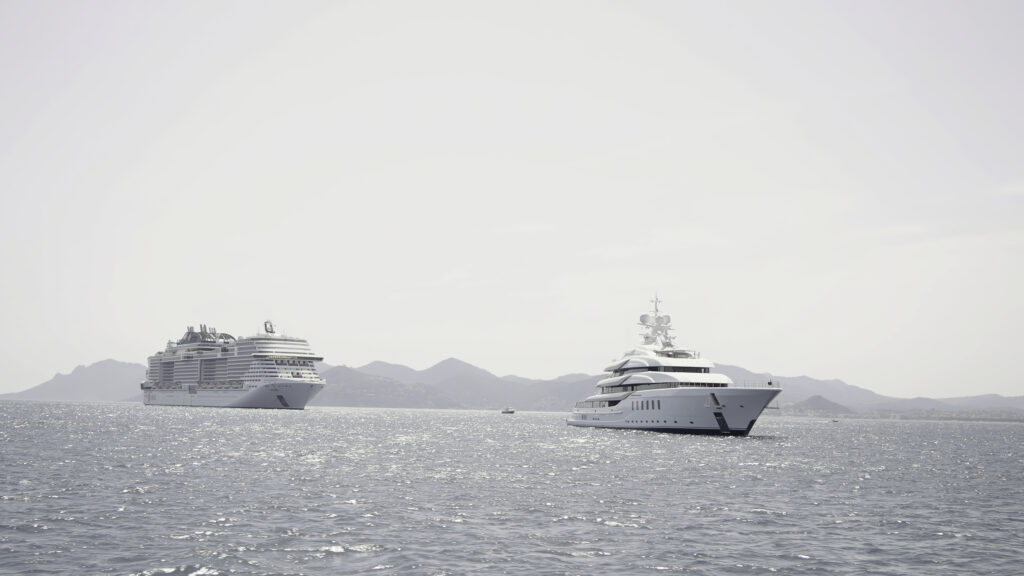When it comes to luxury vessels, yachts are known for their size, elegance, and the incredible experiences they offer. However, the term “yacht” encompasses a wide range of sizes, from relatively small recreational boats to immense superyachts that rival the size of luxury hotels. Understanding the size of a yacht is crucial for potential buyers, charterers, or those looking to understand what makes these floating marvels so impressive.
In this article, we will explore the various sizes of yachts, what determines a yacht’s size, and the differences between smaller boats and the colossal superyachts. We’ll also delve into the benefits and drawbacks of different yacht sizes to help you understand how big is a yacht.

Defining Yacht Sizes and How Big is a Yacht
A yacht’s size is generally measured in length, often referred to as the LOA (Length Over All). This measurement includes the full length of the boat from its bow (front) to its stern (back). Yacht sizes vary widely, and these differences play a significant role in the overall experience of owning or chartering a yacht.
Small Yachts: Under 40 Feet
At the smaller end of the spectrum, yachts under 40 feet are generally considered smaller recreational boats. These vessels are often used for short trips, coastal cruising, or day charters. A yacht of this size is manageable for a smaller crew or even a single owner who prefers to operate the vessel themselves. Small yachts may have a relatively simple layout, featuring a small cabin, basic amenities, and a limited number of guest accommodations.
Yachts in this category include sailing yachts as well as motor yachts. While they may not offer the same level of luxury or space as larger yachts, they are more affordable and require less maintenance and crew, making them ideal for novice yacht owners or those seeking a compact, manageable vessel. A 30- to 40-foot yacht can typically accommodate 2 to 6 people, depending on the design and layout.
Mid-Range Yachts: 40 to 70 Feet
Yachts ranging from 40 to 70 feet are considered medium-sized yachts. These vessels are much more spacious than smaller yachts and can offer a higher level of luxury and comfort. A yacht in this size range is large enough to accommodate additional crew members, making them suitable for longer voyages, extended trips, and even overnight charters.
A yacht of this size can feature more elaborate cabins, more extensive decks, and larger salons, making it ideal for families, small groups, or couples who want a more comfortable cruising experience. These yachts often come with a fully equipped kitchen, multiple staterooms, and luxurious amenities such as air conditioning, a larger lounge area, and upgraded entertainment systems.
Owners of yachts in the 50 to 60 feet range often have the ability to host multiple guests comfortably while keeping operational and maintenance costs relatively low. For those looking for a balance between space, luxury, and manageability, mid-range yachts are an ideal option.
Large Yachts: 70 to 100 Feet
When you move into the 70 to 100 feet category, yachts become significantly larger and more luxurious. These yachts offer ample space for both the owner and their guests, featuring multiple staterooms, larger salons, spacious deck areas, and high-end amenities. They are capable of hosting larger groups, making them perfect for extended vacations or high-profile events like weddings or corporate retreats.
Yachts in this size range typically require a professional crew to manage the various onboard systems and ensure that everything runs smoothly. They often come equipped with multiple bathrooms, expansive lounges, and even entertainment rooms with state-of-the-art audio-visual systems. Owners and charter guests can enjoy onboard dining areas, larger kitchens, and plenty of space for lounging on the deck or relaxing in the hot tub.
The 80-foot yacht is particularly popular for those seeking to balance luxury and practicality, offering a high level of comfort while still being manageable. Owners who choose yachts of this size can enjoy the ability to cruise in style with plenty of space for guests, while the operational costs remain manageable compared to even larger superyachts.
Superyachts: 100 Feet and Beyond
Superyachts, typically defined as yachts over 100 feet, are at the pinnacle of luxury and maritime engineering. These yachts are vast floating palaces that offer unprecedented luxury, space, and amenities. The largest superyachts can be as long as 450 feet, with multi-deck configurations, lavish interiors, and high-end facilities that often rival land-based luxury hotels.
In this category, yachts are designed with every comfort and indulgence in mind. Many superyachts feature multiple pools, expansive outdoor lounges, a gym, cinemas, and even helipads for ease of transport. Some even have their own onboard submarines, luxury cars, and jet skis, offering guests a truly opulent lifestyle at sea. These yachts may have multiple levels, often with large rooms, private dining spaces, and grand salons, offering the ultimate in luxury cruising.
Superyachts typically require a large crew, including captains, chefs, engineers, and hospitality staff, to operate and maintain the yacht. These yachts are designed for the wealthy elite, corporations, or those seeking to experience the highest level of comfort and service available on the water. The costs associated with owning or chartering a superyacht are considerable, with operational and maintenance fees reaching millions of dollars annually.
The Largest Yachts in the World
The largest yachts in the world are truly impressive in terms of both size and luxury. Some notable examples include:
- Azzam: At 590 feet, Azzam is the largest private yacht in the world. It is equipped with 3,000 square meters of living space, a swimming pool, and several helipads. Azzam has the ability to cruise at speeds of up to 30 knots.
- Eclipse: Owned by Russian billionaire Roman Abramovich, Eclipse measures 533 feet and includes two helipads, multiple swimming pools, a spa, and a private submarine. The yacht is equipped with security features including its own anti-missile defense system.
These colossal yachts cost millions to build and maintain, but they represent the epitome of maritime luxury and are often used for private leisure, corporate purposes, or as symbols of wealth.

Key Factors That Determine Yacht Size
The size of a yacht is determined by several factors, ranging from the intended use of the yacht to the owner’s personal preferences. Here are the key elements that play a role in determining a yacht’s size:
Purpose of the Yacht
One of the most important factors in choosing the size of a yacht is its intended use. If the yacht is primarily for personal use and weekend getaways, a smaller yacht of 40 to 60 feet may be sufficient. On the other hand, if the yacht will be used for corporate events, chartering, or for hosting large groups, a larger yacht of 70 feet or more will be necessary.
The purpose also influences how many guests the yacht will accommodate, the type of amenities required, and the number of crew members needed to maintain and operate the vessel.
Comfort and Luxury Requirements
Another significant factor is the level of comfort and luxury the owner or guests expect. A smaller yacht may offer basic amenities such as a small kitchen, a few cabins, and a modest lounge area, while larger yachts come with expansive living spaces, multiple staterooms, gourmet kitchens, entertainment areas, and top-of-the-line technology.
Superyachts, in particular, focus on providing unparalleled comfort and luxury, including multiple lounges, swimming pools, Jacuzzis, and spas, as well as spaces for formal dining and relaxation.
Crew and Operations
Yachts larger than 60 feet typically require a crew to operate. The number of crew members increases as the yacht’s size and complexity grow. Larger yachts have professional crew members such as captains, engineers, chefs, and hospitality staff to ensure the smooth running of the vessel. The size of the crew needed to manage the yacht can be a determining factor in choosing a yacht size, particularly for owners who want a fully serviced and operational vessel.

The Impact of Yacht Size on Costs
Size has a significant impact on both the purchase price and the operating costs of a yacht. Smaller yachts (under 40 feet) are more affordable to purchase, operate, and maintain, but they may offer fewer luxury features. Larger yachts, especially those over 70 feet, require a larger initial investment, higher maintenance fees, more crew members, and higher fuel costs. Superyachts, particularly those over 100 feet, come with extravagant costs, including crew salaries, insurance, docking fees, and the maintenance of luxury amenities.
Chartering a yacht also varies in price based on size. Smaller yachts may cost a few thousand dollars per day to charter, while superyachts can cost hundreds of thousands of dollars per week.

Conclusion
The size of a yacht is a reflection of the owner’s lifestyle, purpose, and financial capacity. From compact, practical yachts under 40 feet to the grand superyachts that span over 100 feet, there is a yacht to suit almost every need and desire. The size of the yacht impacts its functionality, comfort, cost, and ability to accommodate guests or crew. Whether you’re interested in a smaller vessel for personal use or a sprawling superyacht for luxury cruising, the world of yachts offers a diverse range of options to explore. The key is finding the right size to match your goals and budget, ensuring that your investment in a yacht brings both enjoyment and value. We hope this helps you understand how big is a yacht. If you are looking to buy your yacht, we can get you in a great rate with a one year warranty on your yacht loan term.
